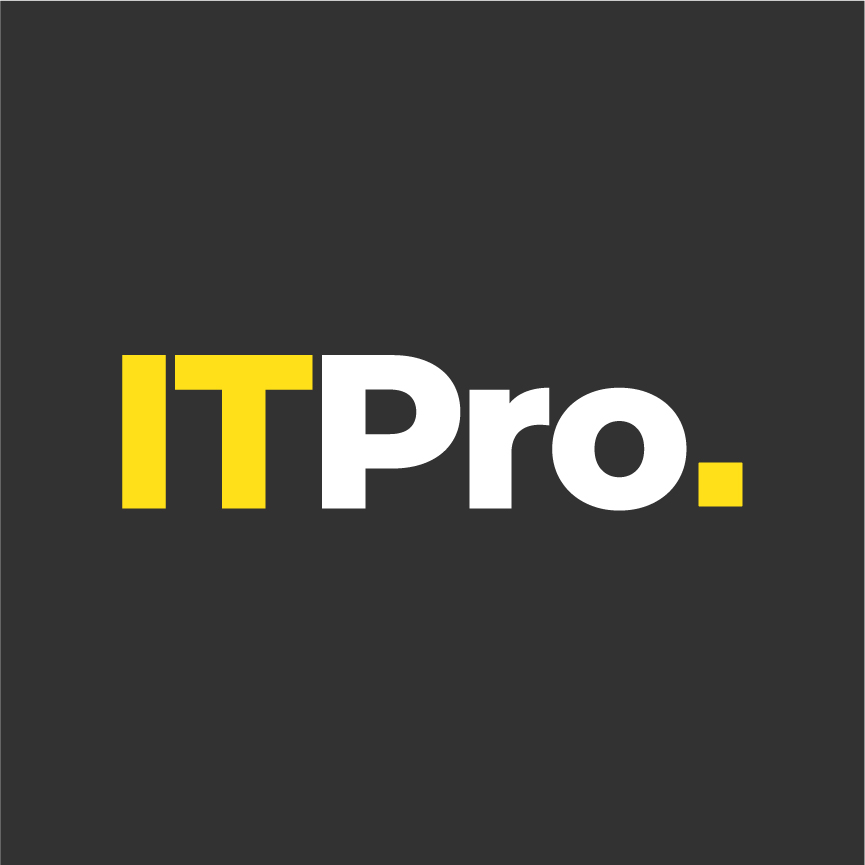What should you really be asking about your remote access software?
Granting remote access to your computer is like giving out a set of spare house keys – you ought to know who you’re trusting
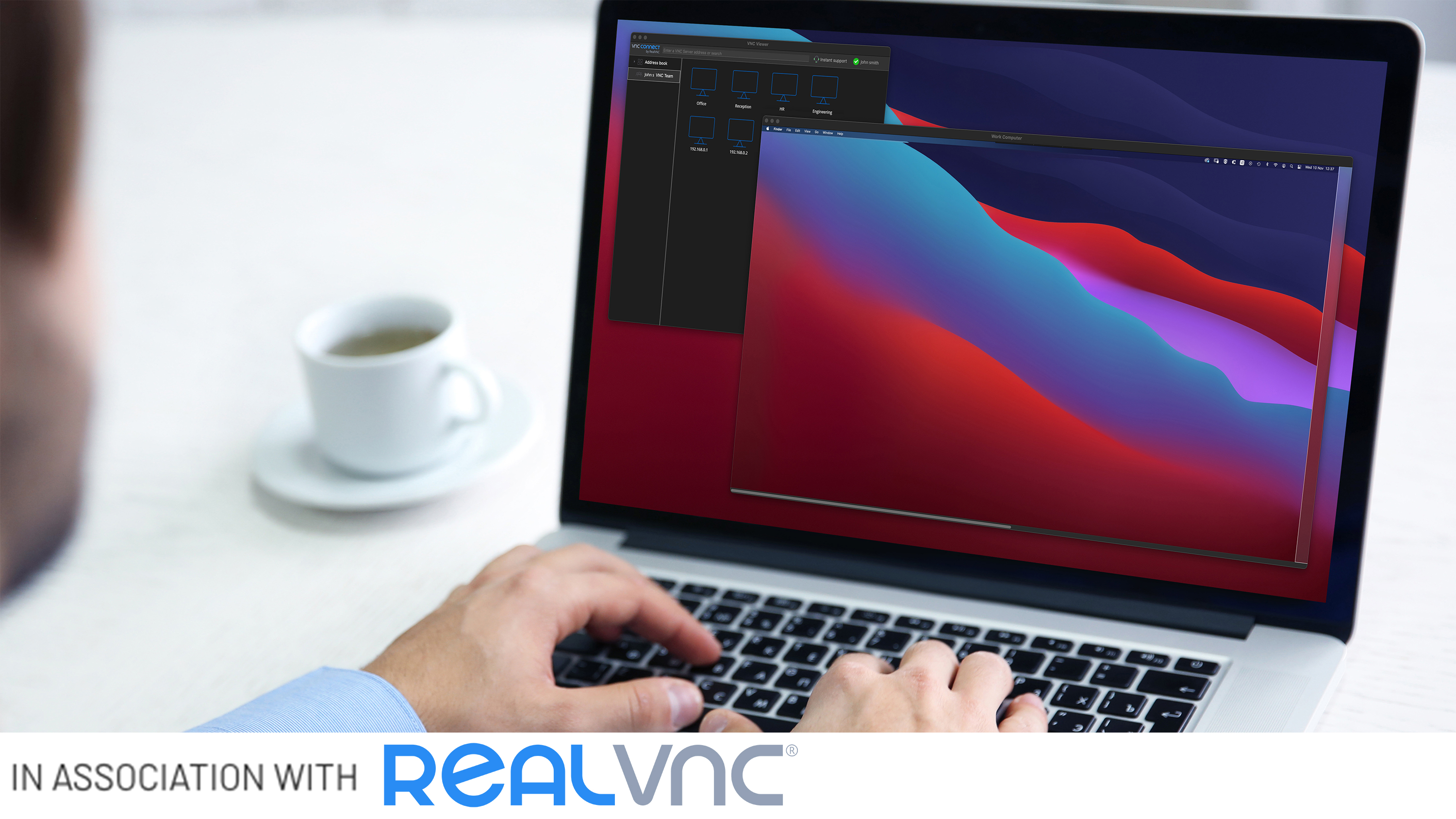
Of all the tools underpinning modern IT management, VNC may be one of the most prolific. First developed in the mid-1990s by RealVNC, it’s spent the past three decades enabling IT teams to access remote systems throughout their estate, and has found its way into the toolbelt of every support technician.
It may seem like a simple tool – and in many ways, it is. The underlying RFB protocol that powers VNC-based remote access tools hasn’t changed all that much since it was first introduced, and although its open-source origins have resulted in a huge number of different VNC solutions, they all share most of the same core capabilities.
This can lead many organisations to treat remote access software as ”part of the furniture”; something that’s useful to have around, but not worth giving any particular thought or consideration to. Indeed, when selecting a VNC solution, many IT professionals simply gravitate towards the first option that comes to mind.
However, while remote access software may not necessarily be a transformative part of your IT stack, selecting a provider should be given a significant amount of scrutiny. Not only is it a foundational part of many operational tasks, making the wrong choice can have serious potential consequences further down the line, and there are a number of important questions that any IT department should be asking of their potential partners.
For instance, certain options may present unforeseen logistical challenges, like platform compatibility. Just because your chosen flavour of remote access software allows technicians to access Windows desktops doesn’t necessarily mean it’s going to play nicely with every operating system, and that could be a problem if you also need to access Linux-based servers. Some providers will even support connections from mobile devices, giving technicians remote access even while on the go.
Deployment is also something that bears consideration. If you’re managing a large fleet of devices, you’ll need a remote access provider that supports automated remote configuration and deployment. If not, support staff will be faced with the tedious prospect of manually installing agents on every machine, one by one. Alternatively, you may want to opt for a provider that offers agentless, on-demand connections to reduce on-device footprints.
Connectivity, meanwhile, is frequently one of the most frustrating elements of IT support, particularly with remote access software that involves laboriously configuring firewalls and port access rules to permit connections. Modern enterprise-level vendors like RealVNC, by contrast, offer cloud-based connection brokering that bypasses fiddly firewall customisation, as well as direct peer-to-peer connections for high-security, privacy-conscious or offline environments.
You should look at performance, too. While the fundamental technology underpinning VNC may not have changed all that much in the last 30 years, it isn’t always implemented as efficiently as it could be, so pay attention to any performance guarantees offered by vendors in order to ensure that your remote sessions are as seamless as possible.
The biggest area of focus, however, should be security. The purpose of remote access software is to give IT teams an easy way to interact with systems from wherever they are, including back-end servers as well as employee desktops and laptops. By definition, then, this software will likely be installed on most – if not all – of a company’s machines.
While this is convenient for providing support to colleagues, it can be a double-edged sword under the wrong circumstances. If your technicians can access every computer in your estate from anywhere in the world, it also means that if an intruder gains access to your systems, then they can too. Think of it like giving your neighbour a spare key to your house; it can come in handy for a great many things, but you have to be absolutely certain that you trust them to keep it safe.
This isn’t just about making sure that potential suppliers provide robust privilege management and account authentication options – although these are essential for preventing account takeovers and exploitation by insider threats. It’s also about making sure you trust the security of the software itself.
Open source technology has a reasonably good record for security, but instances like the Heartbleed OpenSSL bug prove that it’s not immune from being compromised. Commercial vendors, on the other hand, can take the foundation created by open source protocols and layer additional protections on top of it, as well as proactively monitoring for potential bugs and vulnerabilities before they become an issue.
Of course, that’s not to say that vendors should be implicitly trusted. Over the last several years, we’ve seen a number of high-profile supply chain attacks on vendors like Kaseya, Solarwinds and more, which have allowed hackers to smuggle malware into customers’ environments. It’s therefore prudent to treat all vendors with a healthy dose of scepticism and to make sure that you’re comfortable with the level of security they offer, as well as the data they’re collecting and storing from your activity.
RealVNC’s offering, VNC Connect, has been built from the ground up for business deployments, specifically tailored to meet these needs. It offers a wide range of automated deployment options, integration with existing enterprise tools, comprehensive platform support and a battery of security protection, including 256-bit AES encryption, multi-factor authentication and granular permissions controls.
It’s also built by the original authors of the RFB protocol, so it’s optimised for performance with patented technology to help keep connections stable even when faced with low bandwidth. It also includes printing, chat and file transfer functionality, and a robust management console.
Remote access software may not be the newest technology in the world of IT, and it’s certainly not the sexiest – but that doesn’t make it any less important. It’s one of the most versatile and widely-used IT tools in the world, and it deserves to be chosen with an appropriate level of care. You wouldn’t leave the keys to your house under the doormat – so don’t do the same with the keys to your IT estate.
Get the ITPro daily newsletter
Sign up today and you will receive a free copy of our Future Focus 2025 report - the leading guidance on AI, cybersecurity and other IT challenges as per 700+ senior executives
ITPro is a global business technology website providing the latest news, analysis, and business insight for IT decision-makers. Whether it's cyber security, cloud computing, IT infrastructure, or business strategy, we aim to equip leaders with the data they need to make informed IT investments.
For regular updates delivered to your inbox and social feeds, be sure to sign up to our daily newsletter and follow on us LinkedIn and Twitter.
-
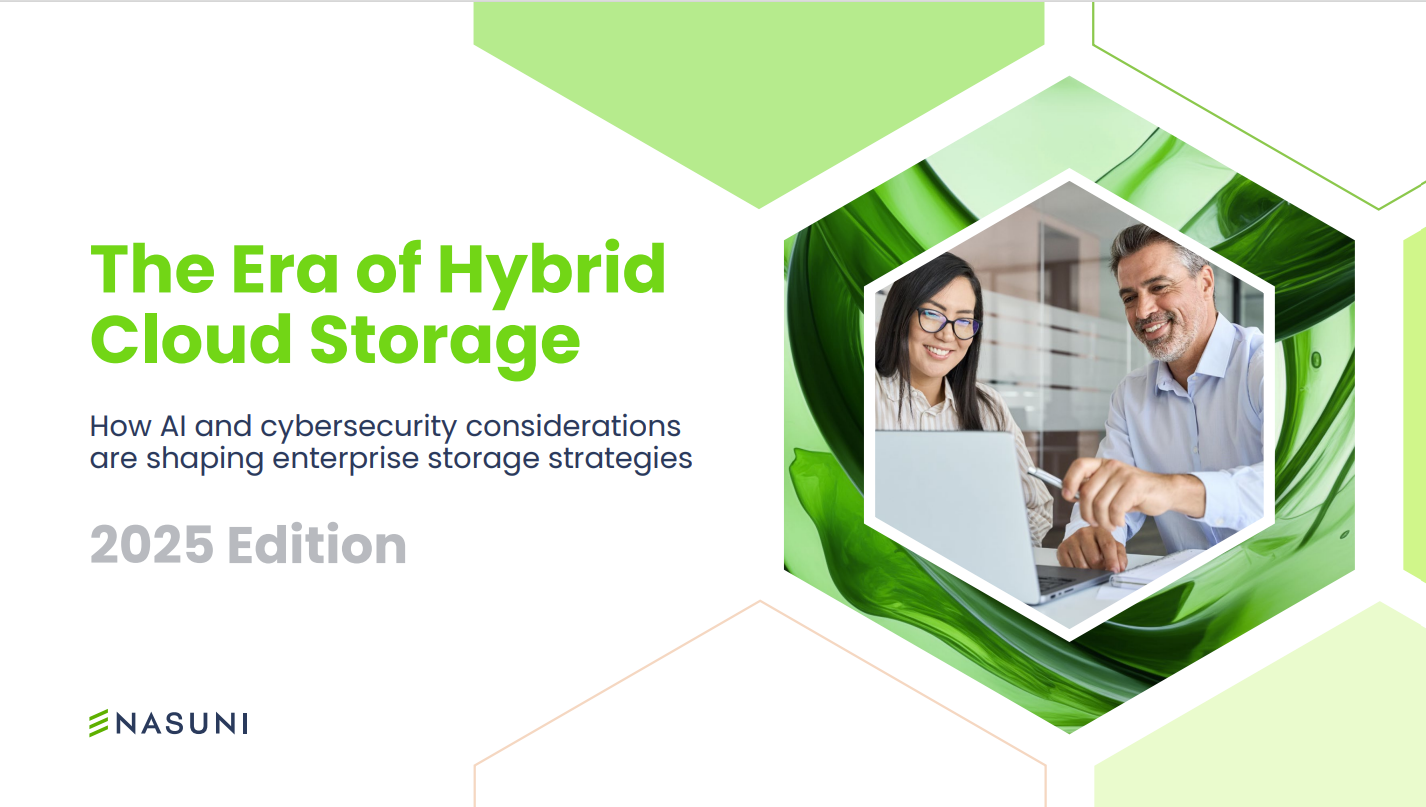 The Era of Hybrid Cloud Storage
The Era of Hybrid Cloud StorageWhitepaper
By ITPro
-
 Women show more team spirit when it comes to cybersecurity, yet they're still missing out on opportunities
Women show more team spirit when it comes to cybersecurity, yet they're still missing out on opportunitiesNews While they're more likely to believe that responsibility should be shared, women are less likely to get the necessary training
By Emma Woollacott
-
 Microsoft is ending support for the Remote Desktop app – here are three alternatives you can try instead
Microsoft is ending support for the Remote Desktop app – here are three alternatives you can try insteadNews Microsoft has announced plans to end support for its Remote Desktop application in just over two months.
By George Fitzmaurice
-
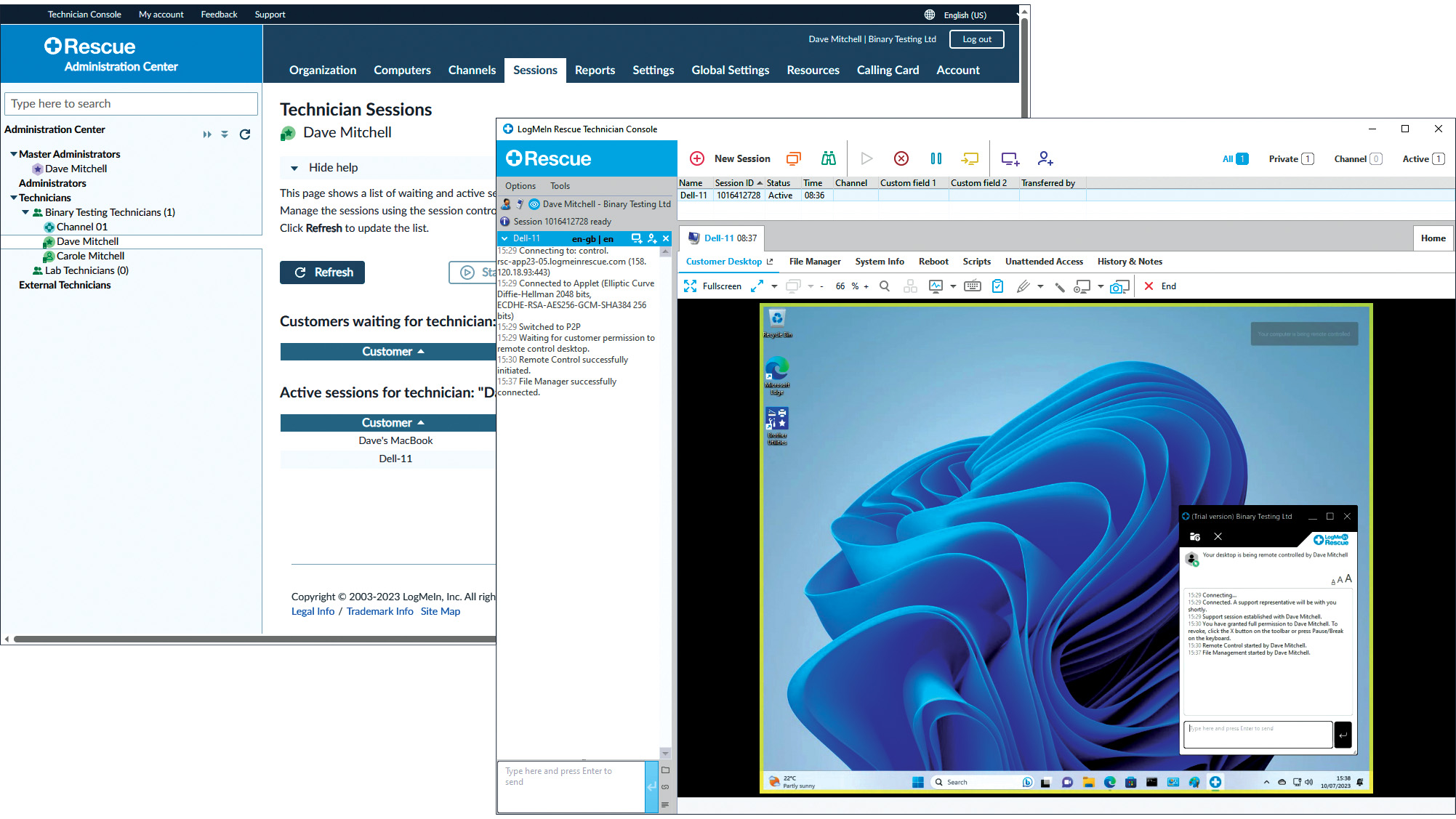 LogMeIn Rescue review: For those who want the strictest access security for their remote support services
LogMeIn Rescue review: For those who want the strictest access security for their remote support servicesReviews LogMeIn Rescue delivers an easily deployed cloud-hosted support solution with top-notch access security
By Dave Mitchell
-
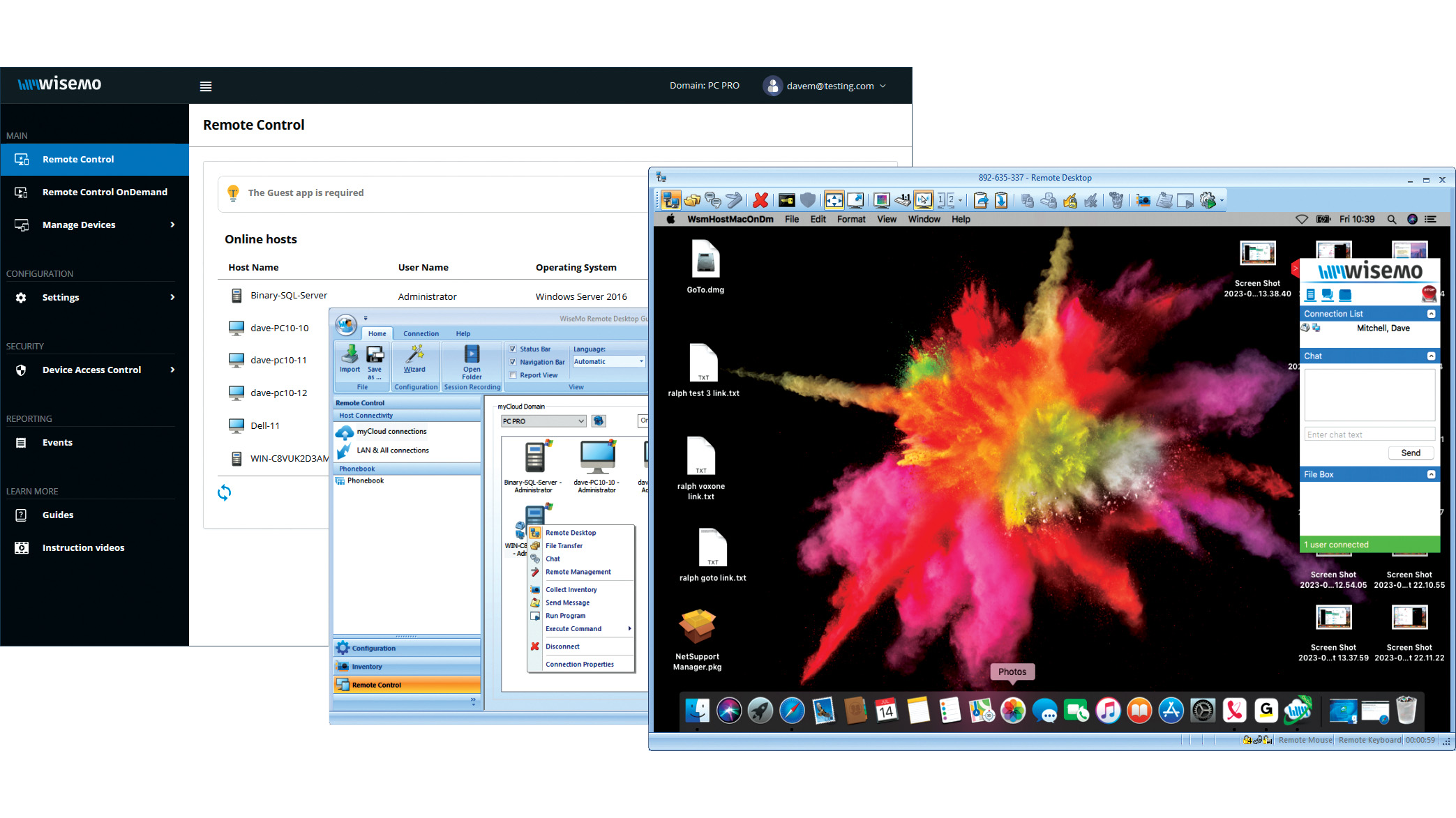 Wisemo Remote Control review: Ideal for businesses that want versatile connection options
Wisemo Remote Control review: Ideal for businesses that want versatile connection optionsReviews A smart hybrid support solution with great access security and a connection for every occasion
By Dave Mitchell
-
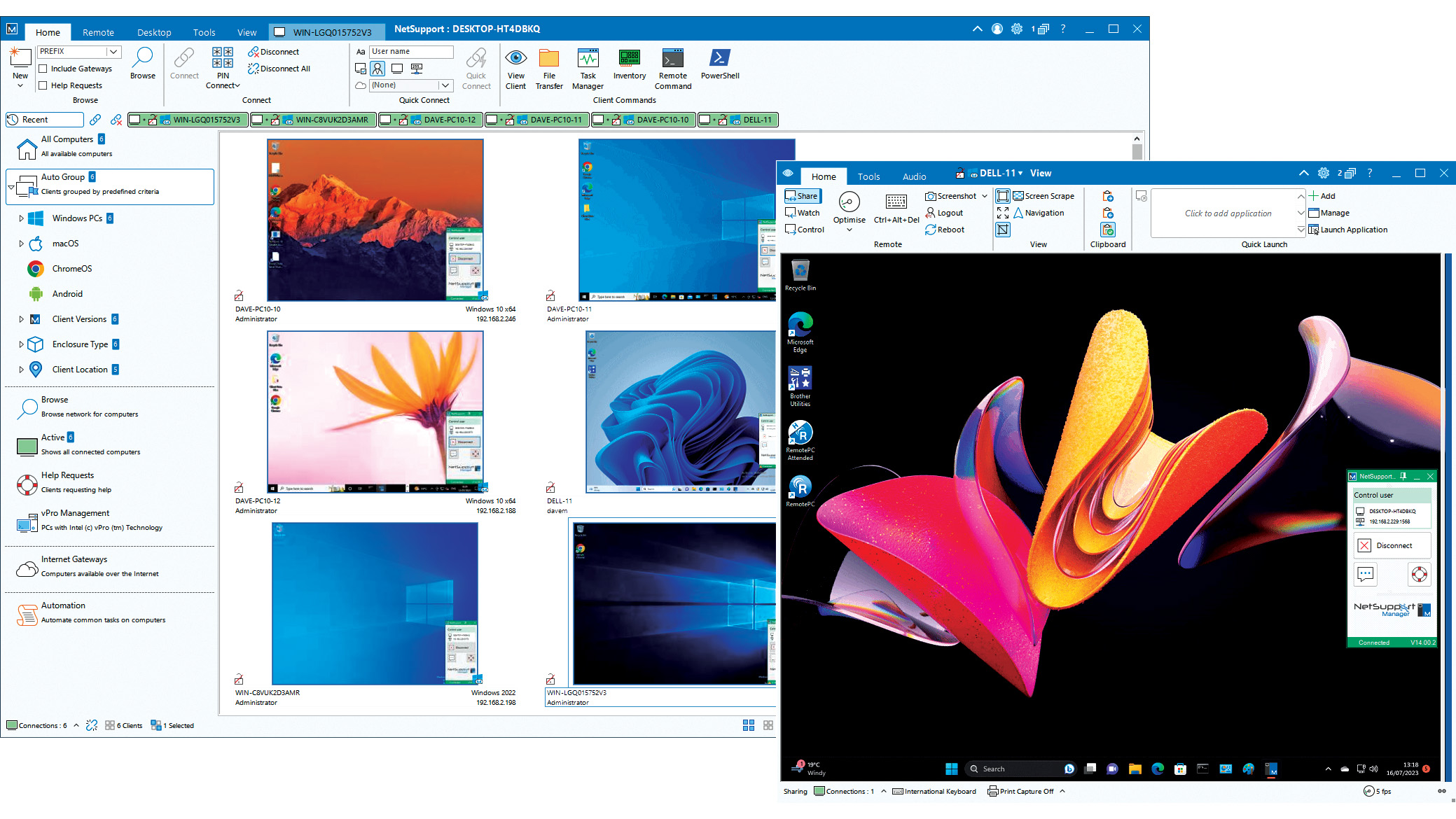 NetSupport Manager 14 review: Delivers a wealth of support tools
NetSupport Manager 14 review: Delivers a wealth of support toolsReviews The perfect on-premises support solution with a wealth of valuable features and simple licensing
By Dave Mitchell
-
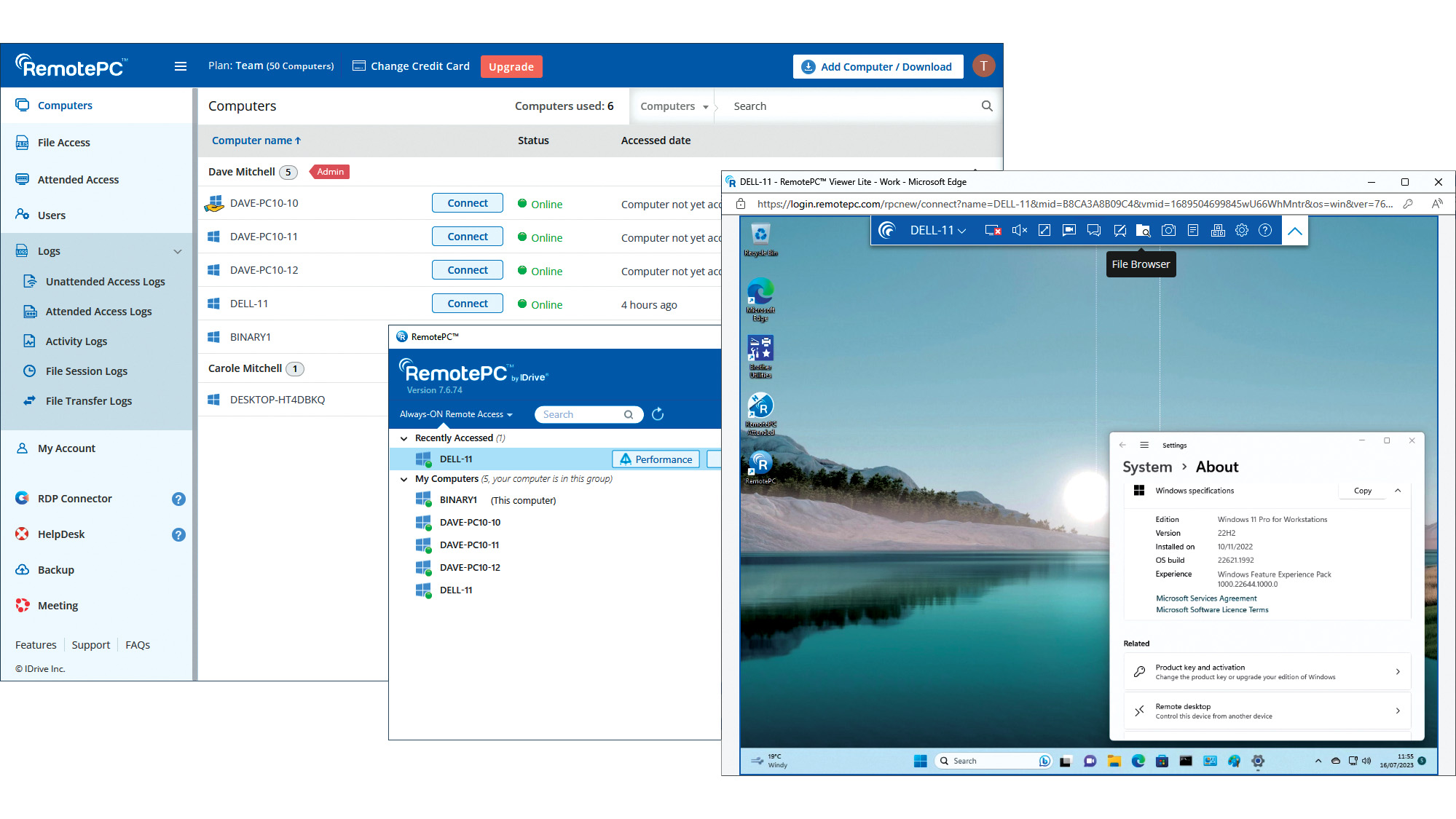 IDrive RemotePC Team (2023) review: Affordable cloud-hosted remote support
IDrive RemotePC Team (2023) review: Affordable cloud-hosted remote supportReviews Secure cloud-hosted remote support that's easy to use, rich in features and exceptional value for SMBs
By Dave Mitchell
-
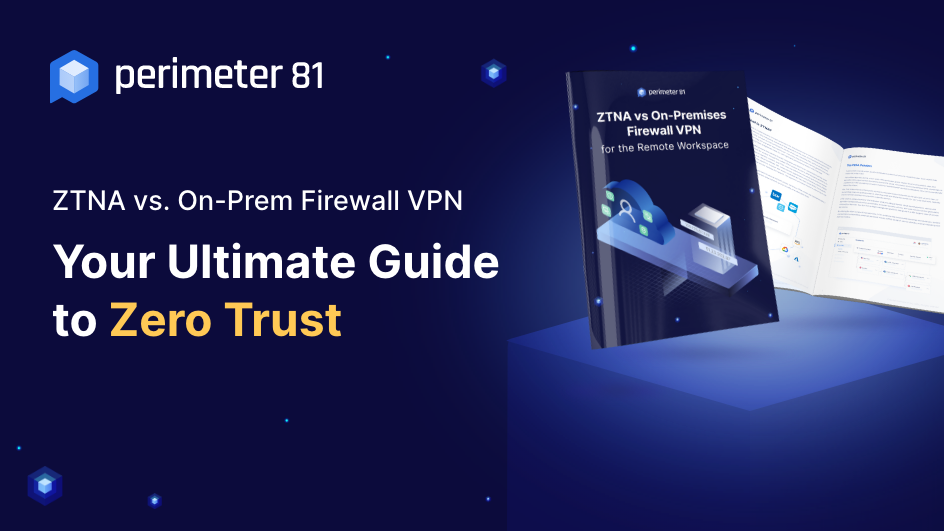 ZTNA vs on-premises VPN
ZTNA vs on-premises VPNWhitepaper How ZTNA wins the network security game
By ITPro
-
 Getting the best value from your remote support software
Getting the best value from your remote support softwareAdvertisement Feature Value is about much more than just the initial costs involved, so careful consideration must be given to any purchase
By Jane McCallion
-
 Why you need a cloud solution for your remote support
Why you need a cloud solution for your remote supportAdvertisement Feature With distributed workforces and a broad user base, modern businesses are looking for modern software
By Jane McCallion
